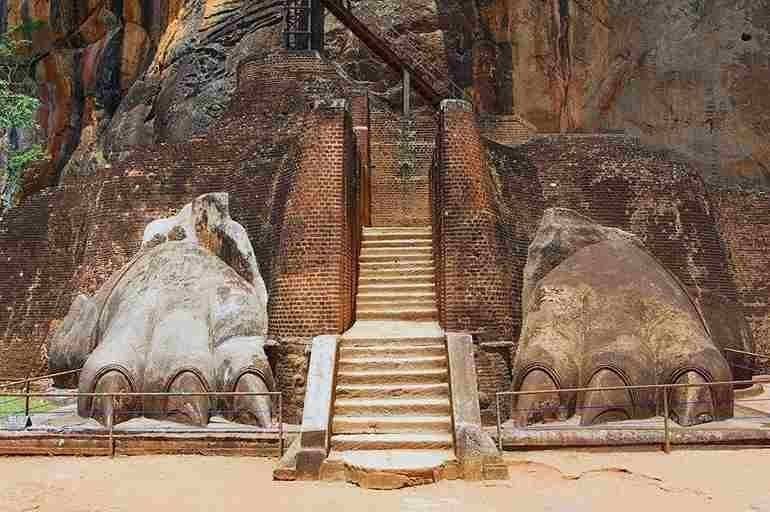The pursuit of lost cities has long captivated explorers, archaeologists, and the global imagination. These forgotten remnants of ancient civilizations, buried beneath the earth’s surface or consumed by nature’s relentless force, represent a tantalizing gateway to unraveling the mysteries of our shared human heritage. From the legendary Atlantis to the rediscovered wonders of Machu Picchu, the quest to uncover lost cities has fueled countless expeditions and driven archaeological advancements that continue to reshape our understanding of history.
The allure of lost cities is multifaceted, blending elements of myth, adventure, and the thrill of discovery. Legends like Atlantis, El Dorado, and the Lost City of Z have inspired generations of explorers to push the boundaries of the known world, driven by the promise of unearthing hidden realms of untold riches and societal sophistication. While some of these tales may remain firmly rooted in the realm of myth, their enduring allure underscores humanity’s innate longing to connect with our ancient roots and unravel the enigmas of the past.
However, the quest for lost cities transcends mere legend; it is a scientific endeavor that has yielded tangible and awe-inspiring discoveries, forever altering our perception of ancient civilizations. The unearthing of sites like Pompeii, Herculaneum, and the ancient Mayan cities of Central America have granted us an unprecedented glimpse into the daily lives, cultural practices, and architectural marvels of societies long forgotten.
Pompeii and Herculaneum: Frozen in Time by Vesuvius’ Wrath
The Roman cities of Pompeii and Herculaneum stand as poignant reminders of the fragility of human endeavors and the enduring legacy of catastrophic natural events. In 79 AD, the eruption of Mount Vesuvius buried these thriving communities under layers of scorching ash and volcanic debris, preserving them in a state of suspended animation for nearly two millennia. The rediscovery of these sites in the 18th century marked a pivotal moment in archaeology, providing an unparalleled window into the intricacies of Roman life.
As archaeologists meticulously excavated the ruins, they uncovered frescoed walls, intricate mosaics, and even the haunting casts of victims frozen in their final moments. These archaeological treasures offer a rare glimpse into the daily routines, cultural practices, and societal hierarchies that defined these ancient cities. The discovery of Pompeii and Herculaneum not only enriched our understanding of Roman civilization but also served as a powerful reminder of the transient nature of human endeavors in the face of nature’s relentless force.
Also check: Unveiling the Wonders of the Antikythera Mechanism
The Mayan Metropolises: A Sprawling Network Revealed from Above
While the ruins of Pompeii and Herculaneum were preserved by volcanic ash, the once-mighty Mayan cities of Central America were gradually reclaimed by the unforgiving jungles of the region. For centuries, these urban centers lay hidden beneath a verdant canopy, their existence known only to local populations until the advent of modern technology.
The integration of satellite imagery and Light Detection and Ranging (LIDAR) technology has proven revolutionary in uncovering the vast expanse of the Mayan civilization. By penetrating the dense foliage, LIDAR has revealed an intricate network of cities, roads, and agricultural terraces, painting a vivid picture of a sophisticated society that once thrived in the heart of the rainforest.
The use of these cutting-edge technologies has not only facilitated the discovery of new sites but has also shed light on the sheer scale and complexity of the Mayan urban landscape. Archaeologists can now study the intricate relationships between these cities, their hierarchies, and their interconnected trade and transportation networks, offering unprecedented insights into the socioeconomic and political structures that governed this ancient civilization.
Also check: The Lost City of Atlantis
Underwater Archaeology: Unveiling the Secrets of Submerged Cities
While many lost cities have been buried beneath layers of earth or reclaimed by nature’s tenacious grip, others lie submerged beneath the ocean’s depths, their secrets hidden from view for millennia. The field of underwater archaeology has emerged as a crucial frontier in the quest to uncover these sunken realms, utilizing advanced technologies to pierce the watery veil and reveal the remnants of once-thriving coastal communities.
The discoveries of sites like Thonis-Heracleion off the coast of Egypt and the ancient Greek city of Pavlopetri have shed light on the intricate maritime trade networks and cultural exchanges that defined these ancient civilizations. Through the use of submersibles, sonar mapping, and diver-operated surveys, archaeologists have uncovered a wealth of artifacts, from shipwrecks to submerged structures, offering a rare glimpse into the daily lives of these seafaring societies.
Underwater archaeology not only expands our understanding of human history but also highlights the profound impact of environmental changes on ancient civilizations. The rise and fall of sea levels, coupled with catastrophic events like tsunamis and earthquakes, have played a pivotal role in shaping the fate of coastal cities throughout history. By studying these submerged sites, we gain invaluable insights into the resilience and adaptability of our ancestors in the face of changing environments.
The Legacy of Lost Cities: Shaping Our Understanding of the Past and Future
The rediscovery of lost cities has profoundly impacted our understanding of human history, culture, and societal evolution. These ancient metropolises serve as tangible links to our collective past, providing crucial insights into the intricacies of daily life, trade networks, cultural exchanges, and the ingenuity of our ancestors in overcoming the challenges of their time.
Moreover, the legacies of these ancient civilizations continue to resonate in our modern world, influencing everything from architectural design to philosophical thought. The awe-inspiring grandeur of sites like Angkor Wat and the democratic principles embodied by ancient Greek and Roman societies have left an indelible mark on contemporary society, serving as a testament to the enduring impact of our shared heritage.
As we unearth the secrets of these lost cities, we not only gain a deeper appreciation for the richness and diversity of human achievement but also unlock valuable lessons for the future. By studying the triumphs and downfalls of ancient civilizations, we can better understand the cyclical nature of societal rise and decline, and the resilience required to overcome environmental, political, and economic challenges.
The quest for lost cities is a testament to humanity’s insatiable curiosity and our innate desire to connect with our roots. It represents a profound journey of self-discovery, one that transcends mere archaeological exploration to encompass a deeper understanding of our shared human experience. As we continue to peel back the layers of history, we are not merely uncovering stones and artifacts; we are resurrecting the stories, dreams, and lives of those who came before us, ensuring that their legacies endure for generations to come.






Leave a Reply